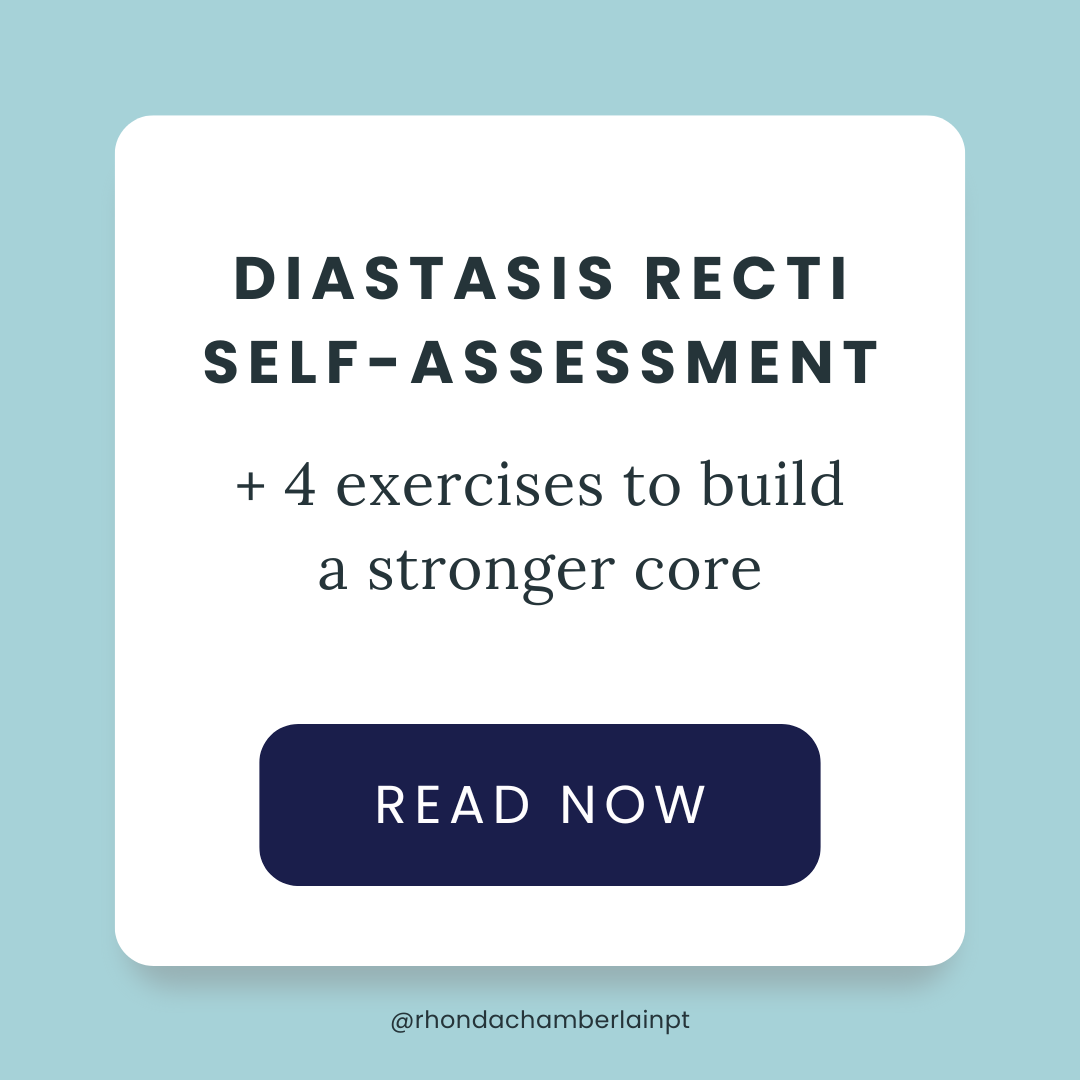
Rhonda’s Blog
Search Specific Topics:
Do you experience pain with working out? Try this!
Do you experience pain/ symptoms with your workouts such as back pain, hip shoulder pain, prolapse heaviness etc?
I've given this advice to many clients over the years, so I thought it would be helpful to share with you all.
I have clients come to me often saying that their doctor or another health care practitioner instructed them to stop an activity that causes pain. Although this advice is well-intentioned, I have another suggestion.
Our bodies are meant to move. When we avoid a certain movement due to pain, the tolerance for that movement diminishes.
If an exercise causes symptoms, before removing it completely, try changing the dosage.
Guest Blog: 5 tips for a great poop!
I am excited to introduce you to pelvic health physiotherapist, Aliya Dhalla! Aliya is a Pelvic Floor Physiotherapist with over 13 years of experience. She enjoys treating + educating on: prenatal + postpartum pelvic health, birth prep + postpartum recovery, incontinence, painful intimacy, and pelvic pain, bowel health, postpartum return to high-impact activity, CrossFit, lifting, and running, pelvic floor changes during perimenopause and menopause (leaks, urgency, vaginal dryness, pain).
Today she will be sharing with you her 5 tips for a great poop!
Guest Blog: Prepare your pelvic floor for birth
Our names are Laura and Nadia, and we’re the co-founders of birthwell! As pelvic floor physiotherapists we saw a huge gap in the level of knowledge that people were provided about their pelvic floors, their options for pushing, their options for labouring and on top of that, how to advocate for themselves.
How do I know if I have a diastasis?
How do I know if I have a diastasis?
First of all, you may be wondering...
WTF is Diastasis? (also known as "mommy tummy" or "mommy pooch" on the interwebs)
Diastasis recti is the normal and necessary separation of the two sides of the rectus abdominal muscles (your “6-pack” muscles).
Diastasis recti occurs in nearly 100% of women by the 3rd trimester of pregnancy. This is a process that needs to happen to make room for baby!
This blog will help you understand what diastasis is, and how to start rebuilding your core strength postpartum.





